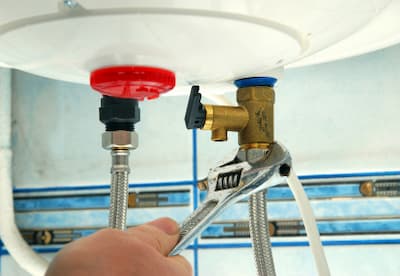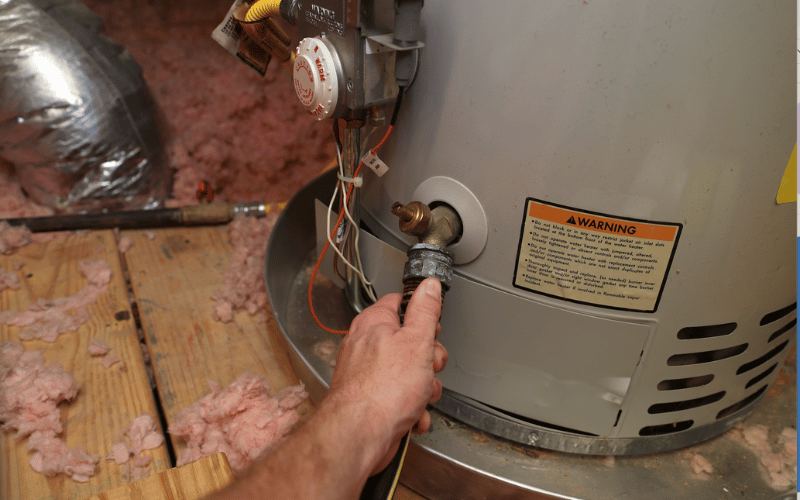Caring for Your Home's Hot Water System: Key TipsEfficient Strategies for Maintaining Your Home's Hot Water System
Click Here!In this article on the next paragraphs you can find a good deal of very good data around Tips on Maintaining a Water Heater.

Warm water is essential for everyday comfort, whether it's for a refreshing shower or washing dishes. To ensure your warm water system runs successfully and lasts longer, routine maintenance is key. This article supplies functional ideas and insights on how to maintain your home's warm water system to stay clear of disturbances and costly fixings.
Intro
Maintaining your home's warm water system could appear difficult, however with a few simple steps, you can ensure it runs efficiently for many years to come. This overview covers every little thing from comprehending your hot water system to DIY upkeep ideas and knowing when to call expert help.
Importance of Keeping Your Hot Water System
Regular upkeep not only extends the life expectancy of your hot water system however also guarantees it operates effectively. Disregarding upkeep can result in reduced efficiency, higher energy costs, and even early failure of the system.
Indications Your Hot Water System Requirements Upkeep
Knowing when your warm water system needs interest can prevent major concerns. Look out for indicators such as inconsistent water temperature level, strange noises from the heating system, or rusty water.
Purging the Hot Water Heater
Flushing your hot water heater eliminates debris buildup, boosting efficiency and extending its life.
Monitoring and Changing Anode Rods
Anode rods stop deterioration inside the container. Inspecting and replacing them when broken is crucial.
Complex Problems Calling For Specialist Help
Examples include major leakages, electric problems, or if your water heater is constantly underperforming.
Regular Professional Maintenance Perks
Expert upkeep can consist of thorough evaluations, tune-ups, and guaranteeing compliance with security requirements.
Evaluating and Readjusting Temperature Setups
Readjusting the temperature settings guarantees ideal efficiency and safety and security.
Do It Yourself Tips for Upkeep
You can execute numerous upkeep jobs yourself to keep your hot water system in leading problem.
Checking for Leaks
Frequently examine pipelines and links for leakages, as these can lead to water damage and greater costs.
Understanding Your Hot Water System
Prior to diving right into upkeep jobs, it's useful to comprehend the fundamental parts of your warm water system. Typically, this includes the hot water heater itself, pipes, anode rods, and temperature level controls.
Monthly Maintenance Tasks
Normal monthly checks can assist capture small issues before they escalate.
Checking Stress Relief Valves
Evaluating the stress safety valve ensures it works appropriately and avoids extreme stress build-up.
Insulating Pipes
Shielding warm water pipes decreases warm loss and can conserve power.
When to Call a Professional
While DIY maintenance is helpful, some problems call for professional proficiency.
Final thought
Routine upkeep of your home's hot water system is necessary for performance, long life, and cost savings. By following these suggestions and understanding when to look for expert aid, you can ensure a reputable supply of hot water without unforeseen interruptions.
How to Maintain an Instant Hot Water Heater
Before tinkering with your hot water heater, make sure that it’s not powered on. You also have to turn off the main circuit breaker and shut off the main gas line to prevent accidents. Also turn off the water valves connected to your unit to prevent water from flowing into and out of the appliance. 2. When you’re done, you have to detach the purge valves’ caps. These look like the letter “T” and are situated on either side of the water valves. Doing so will release any pressure that has accumulated inside the valves while at the same time avoid hot water from shooting out and burning your skin. 3. When the purge valves’ caps are removed, you have to connect your hosing lines to the valves. Your unit should have come with three hoses but if it didn’t, you can purchase these things from any hardware or home repair shops. You can also get them from retail stores that sell water heating systems. Read the user’s manual and follow it to complete this task properly. When the hosing lines are connected, open the purge port’s valves. 4. You should never use harsh chemical cleaners or solutions when cleaning your unit. Make use of white vinegar instead. It should be undiluted and you’ll probably use about 2 gallons. 5. Now flush your water heater. This task should probably take about 40 minutes. We can’t give you specific directions for this because the procedure is carried out depending on the type, model and brand of your heater. With that being said, refer to the user’s manual. 6. When you’re done draining the unit, you have to turn off the purge port valves again. Remove the hosing lines that you earlier installed on each of the water valves. Put the valve caps (purge port) back in their respective places and be very careful so as not to damage the rubber discs that are found inside these caps. 7. Now that everything’s back in place, check your user’s manual again to find out how to reactivate your water heating system. 8. Once it is working, turn one of your hot water faucets on just to let air pass through the heater’s water supply pipes. Leave the tap on until water flows smoothly out of it. https://www.orrplumbing.com/blog/2014/september/how-to-maintain-an-instant-hot-water-heater/

I am very fascinated with What Kind of Maintenance Do Water Heaters Need? and I'm hoping you liked the entire entry. Do you know somebody else who is truly interested in the niche? Do not hesitate to share it. Thank you for going through it.
Click Here